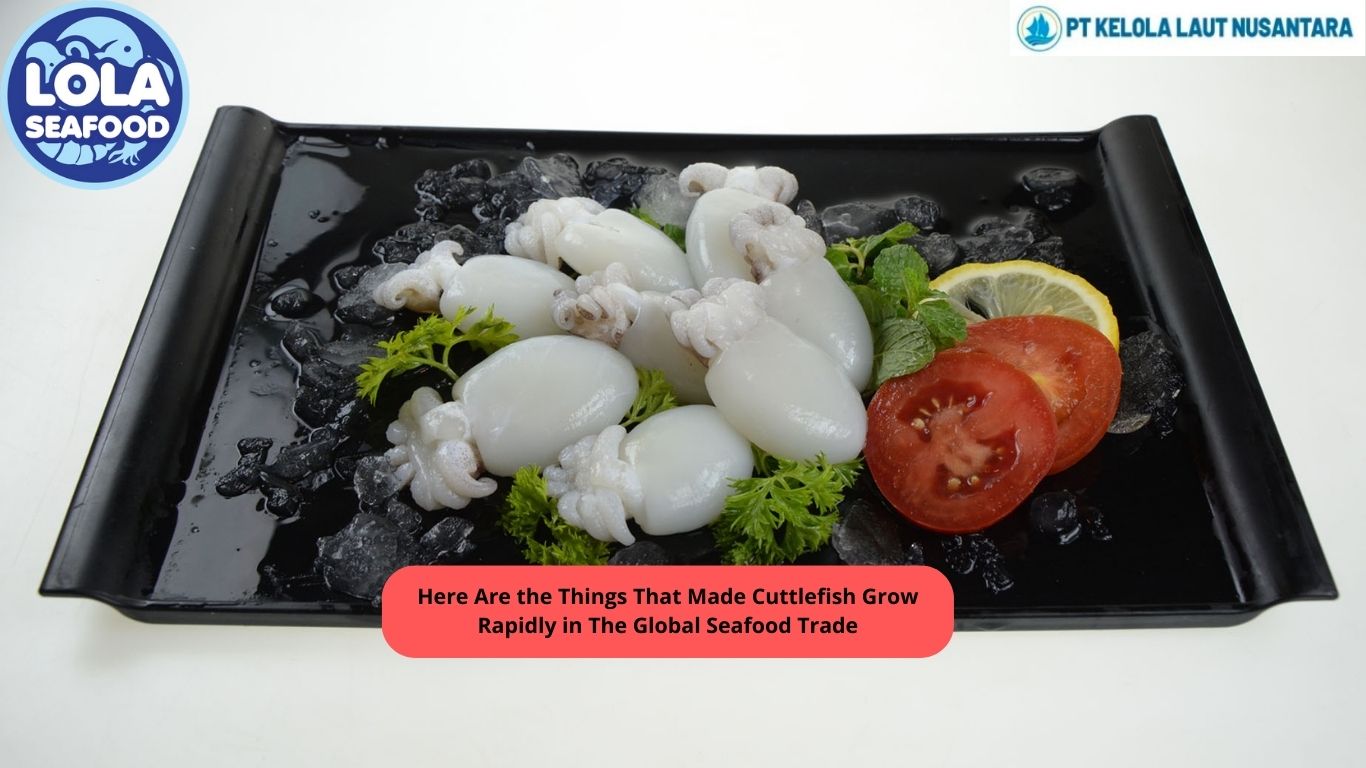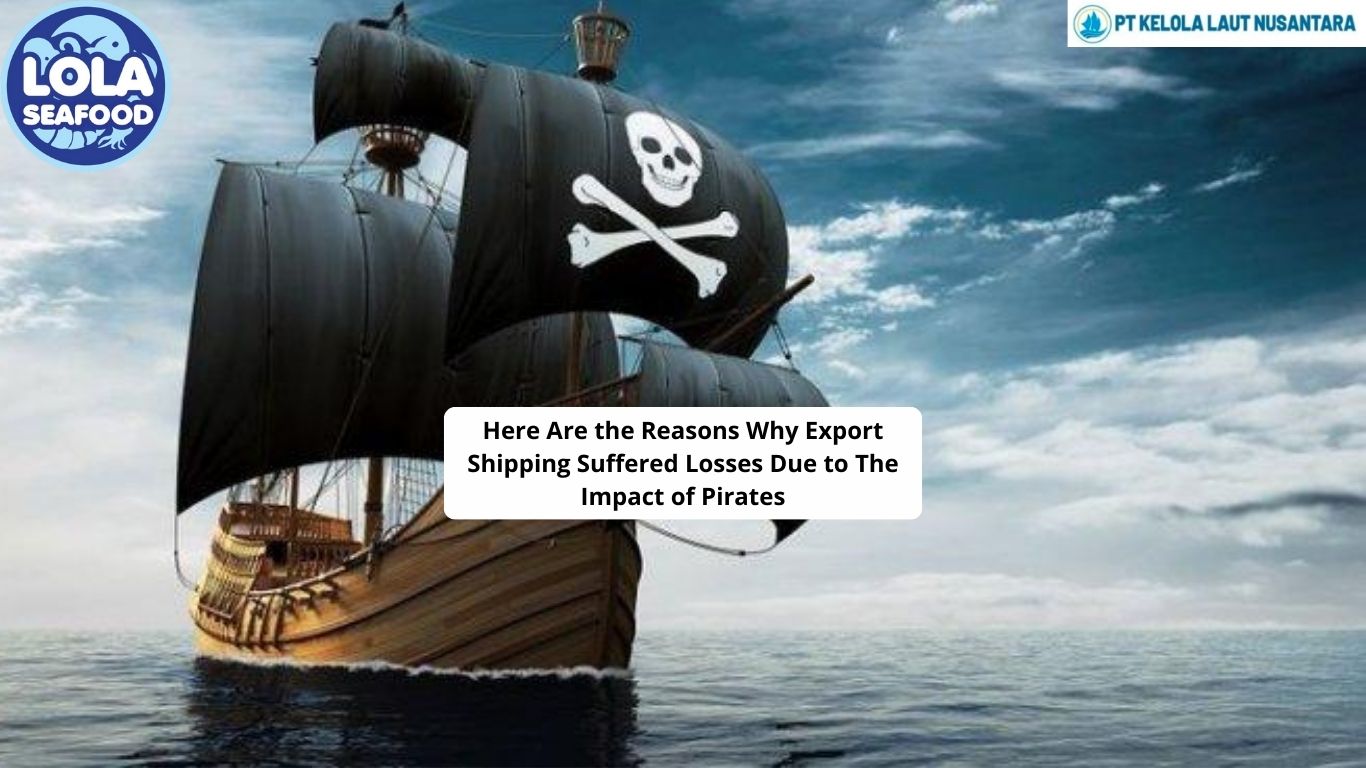The Role of Certification and Labeling in Building Trust in Frozen Fish Products
By. Najih - 21 May 2024.jpg)
Certification standards, such as those established by organizations like the Marine Stewardship Council (MSC) and Aquaculture Stewardship Council (ASC), set benchmarks for responsible fishing practices and aquaculture management. These standards cover various aspects, including environmental impact, social responsibility, and traceability, providing assurance to consumers that certified products meet stringent criteria for sustainability and ethical sourcing.
Clear and accurate labeling is essential for informing consumers about the origin, species, and production methods of frozen fish products. Labeling requirements may include information on catch location, fishing method, certification status, and nutritional content. Compliance with labeling regulations helps consumers make informed choices and fosters transparency throughout the supply chain.
Certification and labeling schemes contribute to building trust and confidence among consumers by providing assurance of product quality, safety, and sustainability. Recognizable certification logos, such as the MSC's blue fish label or the ASC's green label, serve as visual cues for consumers seeking responsibly sourced seafood. Transparent labeling practices also enhance consumer trust by enabling them to make ethical and environmentally conscious purchasing decisions.
For producers and suppliers, obtaining certification and adhering to labeling requirements can enhance market access and competitiveness. Certified products may command premium prices and gain preferential access to markets that prioritize sustainability and ethical sourcing. Moreover, certification schemes offer opportunities for differentiation and branding, allowing companies to showcase their commitment to responsible business practices.
While certification and labeling schemes offer significant benefits, they also present challenges, including the cost and complexity of certification processes, as well as the risk of greenwashing or mislabeling. However, these challenges also present opportunities for innovation and improvement, such as the development of technology-enabled traceability systems and multi-stakeholder collaborations to address supply chain transparency issues.
.jpg)
 (1).png)


.jpg)
.jpg)
.jpg)

 (3).png)